Table of contents
Lean Six Sigma Project to Reduce Office 365 Outlook Incident Tickets
This article will briefly explain a Lean Six Sigma Project Case Study and also include Outlook tips and tricks, and best practices. This company’s helpdesk team discovered what most helpdesk teams learn when they first embark on a Six Sigma journey …that only reacting to the incident tickets will never get you to a significantly improved process. By understanding the root cause, and controlling the “inputs” that create the tickets, you will see a significant reduction happen.
The helpdesk team discovered that they one of their significant inputs to Outlook Incident Tickets was due to unscheduled Internet Line outages by their provider causing Office 365 Email access to fail. They had no control over this input. What they did have control over was the way information was circulated letting users know of the outage.
In the unimproved process, information about the outage was not distributed. This led to users trying to connect to Office 365 and failing. This resulted in an increase in incident tickets.
In the improved process, a number of solutions have been employed to notify the users of an outage as soon as it happens. These solutions repeat every ½hour to keep the users informed of the status. This has reduced Office 365 Email incident tickets that resulted from an outage by over 85%.

Our Top 10 Tips and Tricks, and Best Practices for Outlook to Boost Workflow
Outlook comes with many functions that can be used to manage email. A three-part strategy is the best.
- Get organized with action files.
- Your inbox can be defined with color categories.
- Stop spam emails from clogging up your inbox
1. Create Action Folders
Our first tip is that a strong Outlook folder structure is crucial for success and the first in our best practices list. Action folders are the second level of email placement. They are best suited for low- to moderate email volume.
This combination of the other tips can be used if you get a lot of emails from a particular category.
By right-clicking on a folder or account, and selecting New folder, you can create folders. To ensure you never miss an email from your boss, you can create folders for clients and topics.
You can create three subfolders for most folders: To Do Pending and Finalized. Respond to any new email that arrives in the main folder and determine where it should go.
- To Do: Communication/situation ongoing, no immediate action
- In Progress: Have replied, awaiting further action
- Finalized: Communication/situation has ended, email awaiting deletion or archive
2. Organize with Color Categories
You can make it much easier to manage your inbox by using color-coded groups. You should use color sparingly. It can be difficult to navigate your inbox if it is too chaotic.
One problem with color categories is that they are not supported by IMAP accounts. To use this feature, you will need to create a separate POP3 account. You can also create a folder called “this computer only”.
Start your color classification system by going to the Homepage tab and looking for the tags section. If the Ribbon doesn’t appear to be expanded, tap the small arrow on the right.
Navigate to Category > All Categories. This will display a list of all active categories. You can now edit the colors, names, and keyboard shortcuts of that category.
If you do not have the ability to use color categories with your POP3 account you might need to enable them. Find the email address in the sidebar. Right-click on the account name and choose Data Property. The Upgrade to option should be located at the bottom of your properties panel.
This could take up to a while depending on how large your inbox is. Once you are done, however, you will have full access to all the color categories.
An Automatic Formatting system is available if you need color categories that are not available in your IMAP account.
3. Modify the Junk Email Filter Level
Outlook has its spam filter, which is a good thing. It doesn’t always catch all of the spam that comes to your inboxes. It literally takes minutes to deal with this junk.
The Junk email filter default is on. However, it can be set to low. You can turn it up to increase its effectiveness.
can change the level of junk mail protection. To do this, go to the Home Tab. There you will find the Remove options. Select Junk and then Junk email Options. Now you can choose the filtering level for your inbox. If necessary, you can adjust this account by account.
Outlook warns that setting the junk mail filter to high can pose a threat. This filter could make some mail junk. Make sure you check your Junk Mail regularly!
You have another option if moving them to Junk is not enough. Instead of moving junk mail to the junk folder, you can check the box to Permanently Delete Suspected Junk Email.
Note that any legitimate mail marked as junk when this option is enabled will not be retrieved.





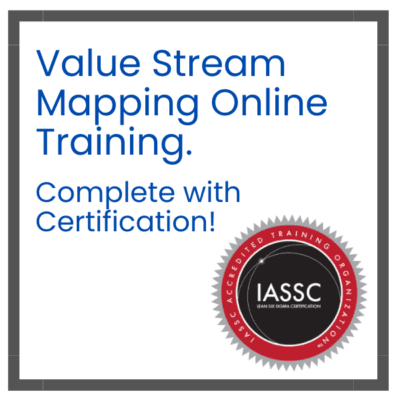
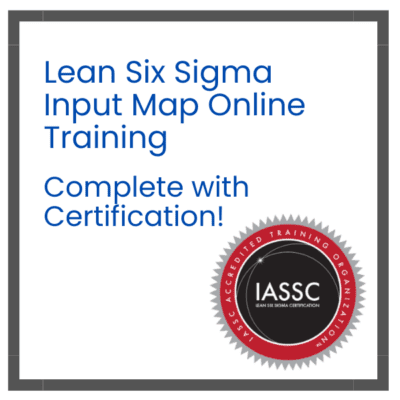
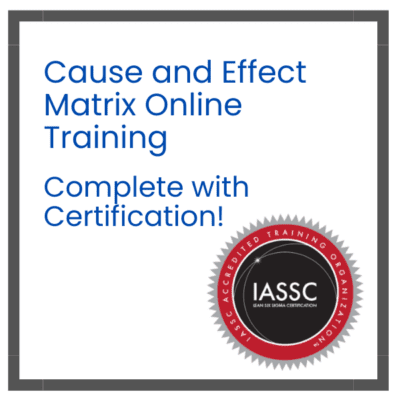
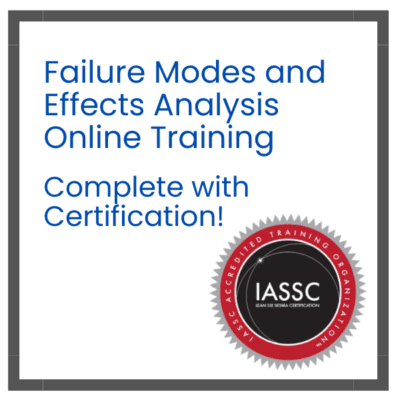
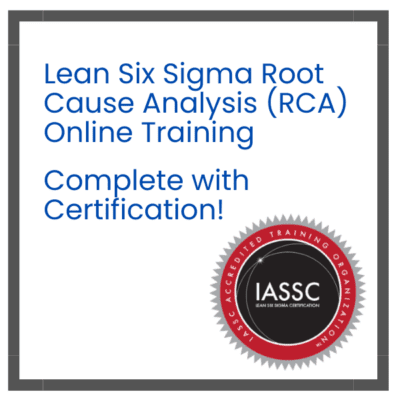
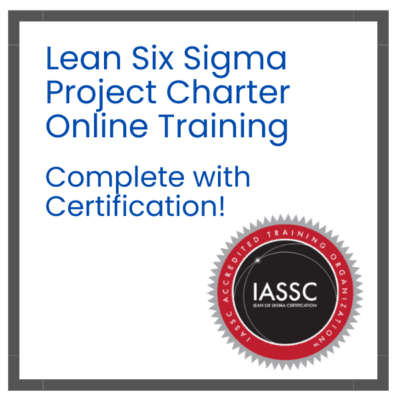
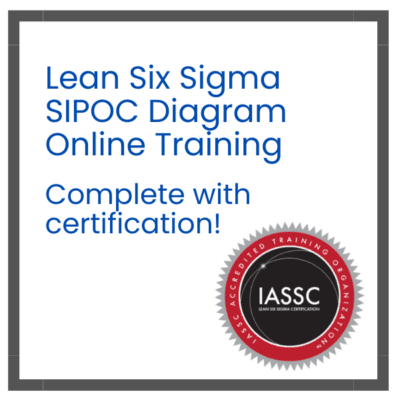
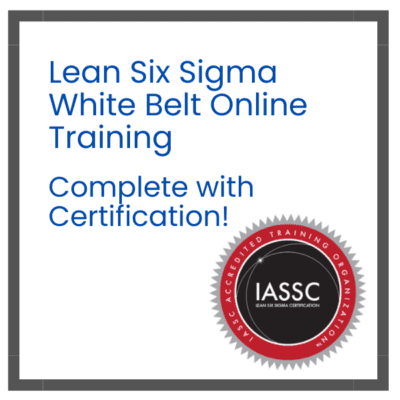
Value stream analysis can uncover activities that add waste to a typical help desk organization. Then that analysis can naturally lead to the implementation of a Lean Six Sigma help desk design. That process and descriptions of what is necessary at the organizational level to ensure that the Lean help desk succeeds are explored here.
A young boy, having lost his parents and home, begins to earn a living aboard a pirate ship. One day out at sea he encounters a mermaid who briefly mentions a treasure-filled shipwreck lying on the ocean floor. Although no one believes in his encounter, he strongly believes that she holds the answer to his poverty, and sets out to find her again. He discovers that the treasure comes at a cost which he is not expecting to pay, but through his quest he finds valuable lessons, which he capitalizes on as he travels along. He does so profoundly, and documents this into verses of a song: a song that ultimately reflects his quest for purpose, truth, and identity.
The iTRIZ methodology can be useful in helping inventors to better understand structural and functional alternatives to the inventions they have conceived. Often the process of determining alternatives, if considered to any significant extent, is performed based on the limited knowledge and experience of one inventor or a small handful of co-inventors. However, the iTRIZ methodology, when applied properly and rigorously, offers the potential to help such inventors to develop alternatives to their inventions (or the core components of their inventions) in a more systematic way. In this manner, the methodology offers the promise of enabling inventors (and their patent attorneys) to define claims for inventions that can provide far greater breadth than might otherwise be possible with traditional methods (e.g., relying on “rule of thumb” approaches, or approaches developed in significant part from one’s own limited or relative personal experience).
Once these alternatives become available, it should be possible to conduct on a straight-forward basis any necessary prior art searches and novelty and obviousness determinations. The key advantage offered is the apparent increase in inventive breadth that systematic and rigorous application of the iTRIZ methodology offers. Of course, a written description of appropriate breadth must be crafted to support the additional number of claims on alternative embodiments of the inventions, but this task too should become more straight-forward and should aid the efforts of prior art researchers.
Lastly, one of the most significant advantages of an iTRIZ enhanced invention approach is the potential for creating a portfolio of patent rights that is both deeper and broader than might otherwise have been possible. These attributes of the methodology should enable inventors to create robust “patent fences” around their core inventions that achieve enhanced licensing value while also reducing the potential risks of having to defend against inter partes reviews before the US Patent & Trademark Office since with more patent assets to assert, the lower the likeli